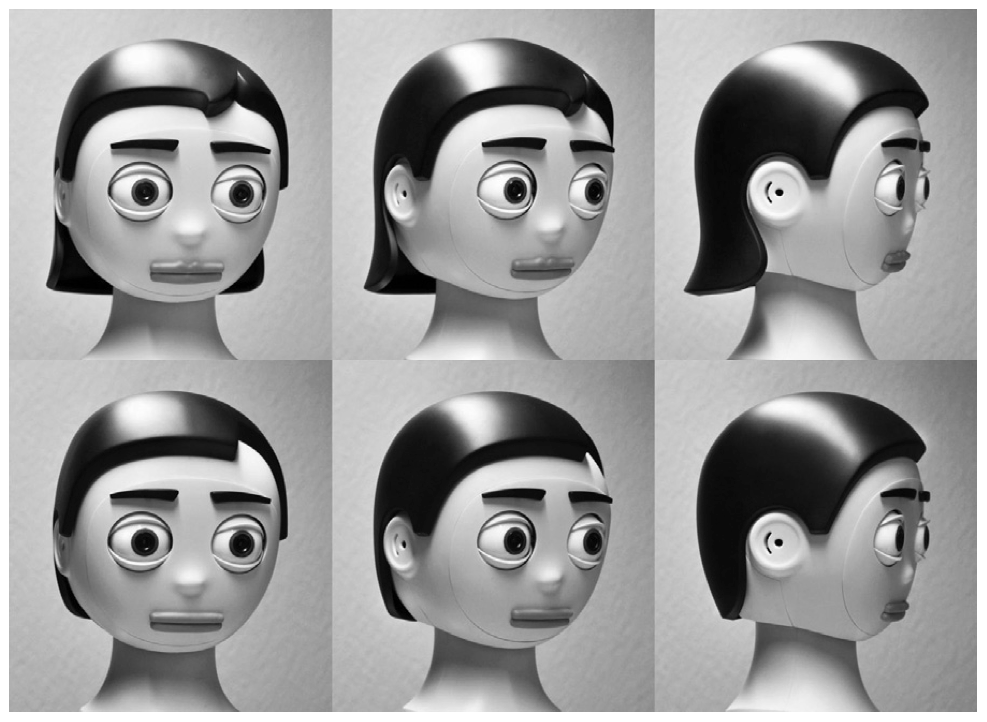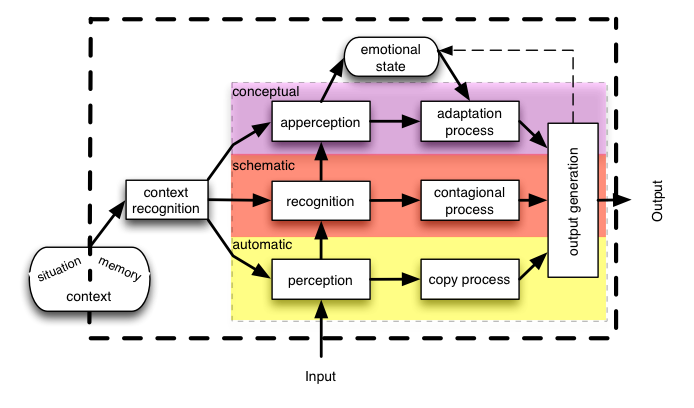Communication cannot be thought of as pure information exchange. Research on communication has to deal with affective components, i.e. communicating emotions or emotive evaluations of the discussed topics. We hypothesize that successful communication is in part based on an agreement between communication partners on the evaluation of the discussed content. In the course of a debate, that reaches a subjectively or objectively accepted result, they may have aligned their evaluations, their attitudes on the topics and they have aligned their emotional expressions. In our project we analyse dialogues in real life settings and in more restricted, experimental settings to detect interpersonal parallels and sequences in emotion expression in normal and in impaired communication. In this way, a model for “emotional alignment” has been formulated and it will be evaluated in Human-Robot-Interactions (HRI).
In the C2 project we mainly address the following research questions:
- What is the role of Emotional Alignment in language processing and communication?
- How can emotional alignment help in language and communication training in human-robot interaction?

Although there are still many unanswered questions, we propose a more interwoven approach for communicative alignment as is already well-established for emotional adaptation processes (Jaecks et al., 2013). As theoretical and empirical evidence already suggests, we argue for further interaction studies to understand the parallels, differences and influences between emotional and linguistic adaptation in human-human and human-robot interaction.
Thereby, aspects like complementary processes of adaptation, congruence or the influence of context factors should be examined in more detail. Especially for human-robot interaction, our proposed computational model for emotional alignment, might be a starting point for future research.

The three layered architecture is inspired by the model proposed by Davis (1994). This model can be implemented and evaluated on robotic platforms like Flobi and is used as a basis to understand emotional adaptation mechanisms in human-robot interaction (Damm et al., 2011).
The computational model should not be seen as a 1:1 transfer of human-human emotional alignment processes. In a simplified way, it is an approach to map emotional alignment processes, as described above, onto robots. The model focuses on emotional processes during an interaction of a robot and a human. Because of its interpersonal focus, the model is an enhancement to traditional computational emotion models.